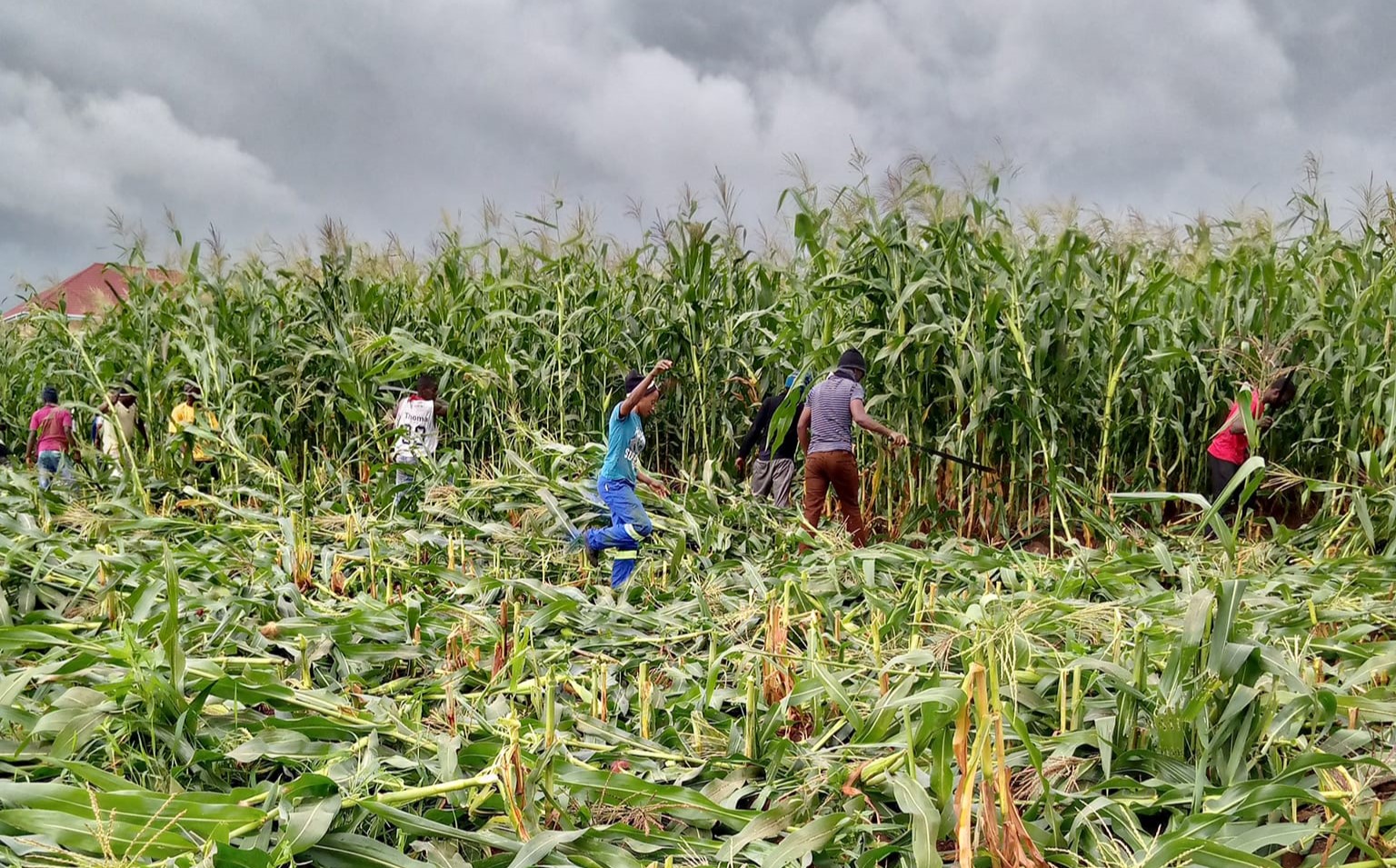Finally, fiscal and monetary policies in harmony
First to start were monetary authorities when the Reserve Bank of Malawi (RBM) last month sent a strong signal that monetary policy will be tight going forward and demonstrated that by increasing the policy rate from 12 percent to 14 percent.
In a follow-up interview after the decision, central bank Governor Wilson Banda emphatically said that for as long as inflation continues to be a threat, monetary policy will be “very, very” tight.
“For as long as inflation is a problem, I would not rule that [more policy rate hikes] out because it would not make sense for us to keep interest rates or the policy rate low when inflation is actually undermining everything about this economy,” said the governor.
Last week, RBM threw another bombshell, devaluing the kwacha by 25 percent to reign in demand and supply imbalances of the local currency on the domestic market.
In doing so, the bank is also trying to rid the local unit of the wide-margin misalignments that have dogged the kwacha for at least two years now.
The bank hopes that the devaluation will help to dissuade hoarders of foreign currency to bring it into the formal foreign exchange market instead of having it circulating in shadowy streets where the exchange rate to the dollar is much higher compared to the formal rate.
The RBM also signaled that the kwacha will somewhat be allowed to float, the extent of which is a matter of wait-and-see.
The interest rate hike came a couple of weeks before the arrival of the International Monetary Fund (IMF) mission team currently in the country for negotiations with the Malawi Government for a possible extended Credit Facility (ECF) while devaluation came within days of the fund mission arriving for the talks.
The ECF is a fund-supported programme with a package of financial and technical assistance for countries with protracted balance of payments as is currently the case with Malawi.
Ultimately, the ECF’s end game is not just “to restore or maintain balance-of-payments viability and macroeconomic stability”; it also aims to set the stage for “sustained, high-quality growth and, in low-income countries, reducing poverty”.
As progress is being made from the monetary policy side, there are now also aggressive stances on the fiscal side so that it is in harmony with the monetary side.
In his maiden budget statement, which focuses on fiscal consolidation, Finance and Economic Affairs Minister Sosten Gwengwe announced a series of expenditure cut measures back in February for implementation in the course of the current financial year.
Among those measures was the review of benefits and entitlements for senior government officials, including the Presidency and Cabinet Ministers.
The Minister also promised to review the Government Motor Vehicles Policy with a view to cut expenditure in terms of number, types and sizes of motor vehicles.
Tuesday night, President Lazarus Chakwera provided the details of those spending-cut measures for immediate execution.
The measures Chakwera announced include cutting by 20 percent fuel allowances for his Cabinet, restrictions on foreign travel to a maximum of three until the end of the year and restrictions on the movement of government pool vehicles after 6pm and limiting public officers to only flying economy class, among others.
This is the kind of policy mix that has been lacking for a long time to bring the sort of balance to economic policy that is crucial to achieving stability, growth and poverty reduction.
The only thing lacking now is a sound plan for dealing with the worsening problem of total public debt stock, whose interest payments are proving very expensive, taking away resources from crucial sectors that can make a dent on people’s living standards.
For example, in the 2022-23 National Budget alone, interest payments stand at K524 billion, representing 4.6 percent of GDP or around 18 percent of total expenditure.
The allocation to interest payments is more than the K462 billion given to education—a sector identified in Malawi2063 as an enabler, but which has 4.1 percent of GDP and 16.3 percent of total spending.
Also outshined is health which, at K283.57 billion (10 percent of total budget), is just above half of what interest payments have secured.
By December 2021, TPD rose to K5.8 trillion or roughly 56 percent of GDP, according to the 2022/23 budget documents on the back of the Covid-19 pandemic that needed resources to respond to it and cyclones that required funds for rescue and recovery efforts.
While this level of indebtedness is within the Sadc threshold of 60 percent, the biggest challenge for Malawi is its capacity to repay as annual interests payments as they are nearly unsustainable now.
That is why while the moves from monetary policy and expenditure sides are a step in the right direction, the public debt issue remains the huge elephant in the room and must be tackled with a plan that the public should be privy to just as has been the case with the austerity measures, exchange rate and interest rate decisions.
But all in all, it is good to see that fiscal and monetary policies are finally beginning to speak to each other.



